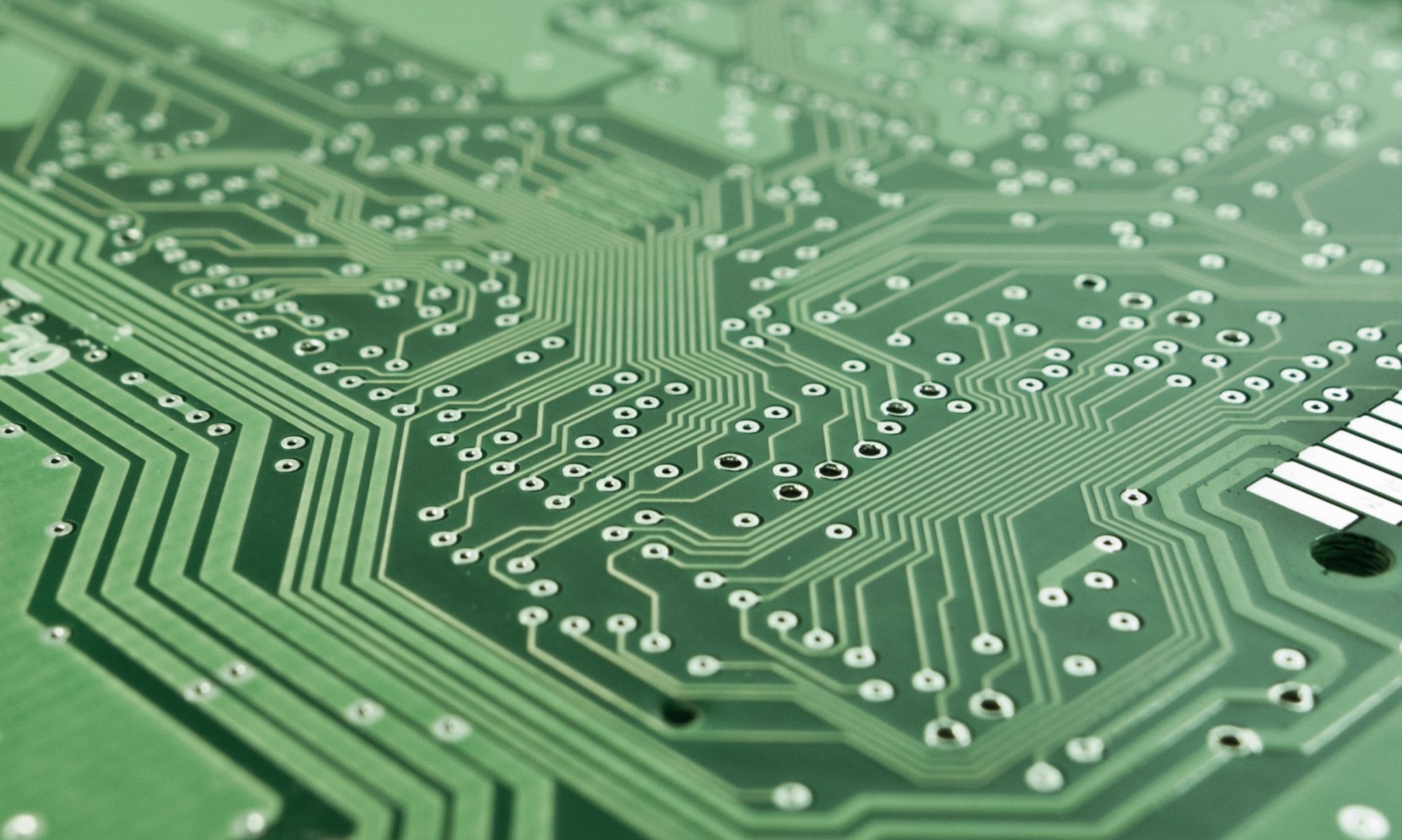
CONTACT:
Guido Paolicelli (guido.paolicelli@nano.cnr.it)
Areas of interest: HIGH-TECH INDUSTRIAL APPLICATIONS; MICROSCOPY; NANOTRIBOLOGY
TECHNOLOGICAL ACTIVITY OFFERED
Microscopy: Scanning Probe Microscopy (Atomic Force Microscope - AFM and Scanning Tunneling Microscope - STM) applied to the analysis of surfaces and interfaces from the micrometer scale down to the atomic scale. In addition to morphological investigation, this type of analysis makes it possible to derive information on the mechanical, conductivity, and magnetic properties of the surfaces under investigation with sub-nanometer lateral resolution.
Available instruments are characterized by the different environmental conditions under which they operate, i.e., air, liquid and Vacuum and Ultra High Vacuum.
Characterization and growth of 2D materials: Experience in deposition and characterization of mechanical properties of 2D materials such as graphene, MoS2 and h-BN.
DESCRIPTION OF RELATED RESEARCH
Nanotribology: the aim of the activity is to study the complex processes governing friction phenomena at both the nanoscale and the microscale. The results of this research are then applied to the optimization of sliding conditions and motion control in nano- and micro-mechanisms. At the nanoscale level, the main focus is the evaluation of fundamental friction forces (energy dissipation channels) and mechanical response of nanomaterials, such as graphene and other low-dimensional systems. In contrast, the challenge at the micro-scale is to understand and optimize the tribological behavior of sliding interfaces in which surface structures, defects, and environmental conditions play an important role.

